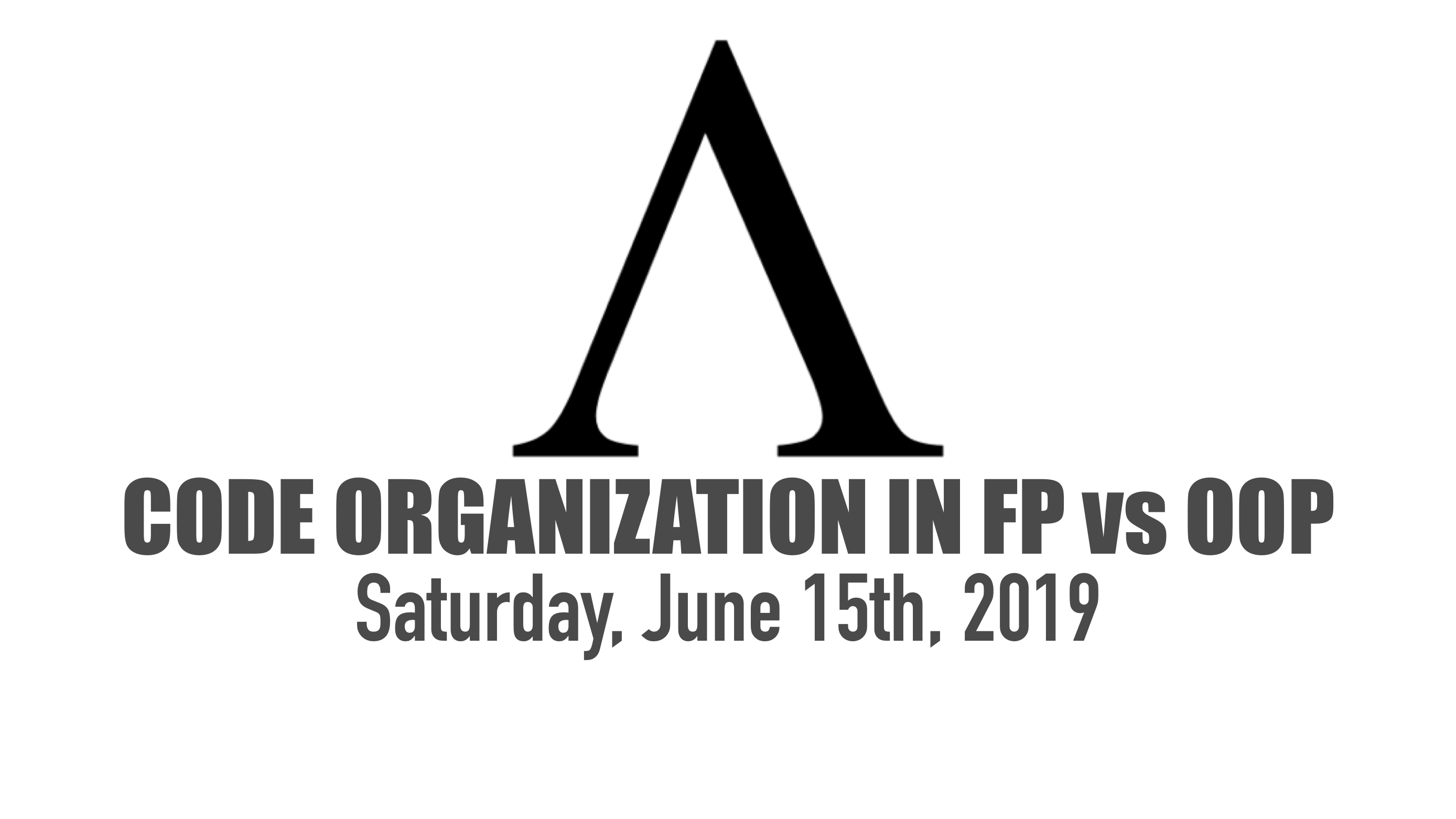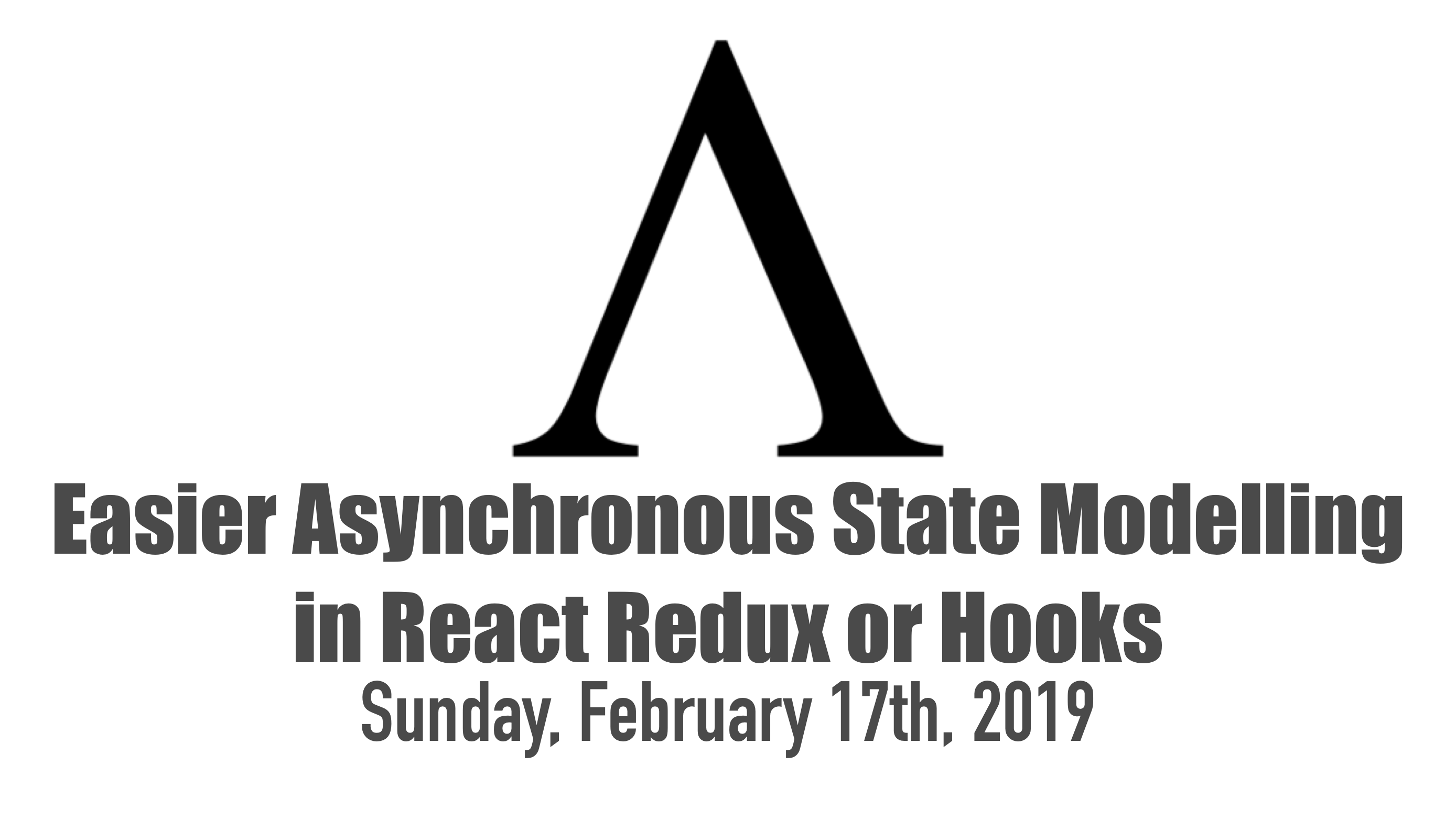Introduction
You’ve learned that using Maybe‘s allows you to get rid of null pointer exceptions (i.e. “undefined is not a function”). However, now your application fails and gives no indication as to why. At least errors would leave a stack trace that may provide a hint as to where the problem originated. How does this happen and what should you be doing instead?



